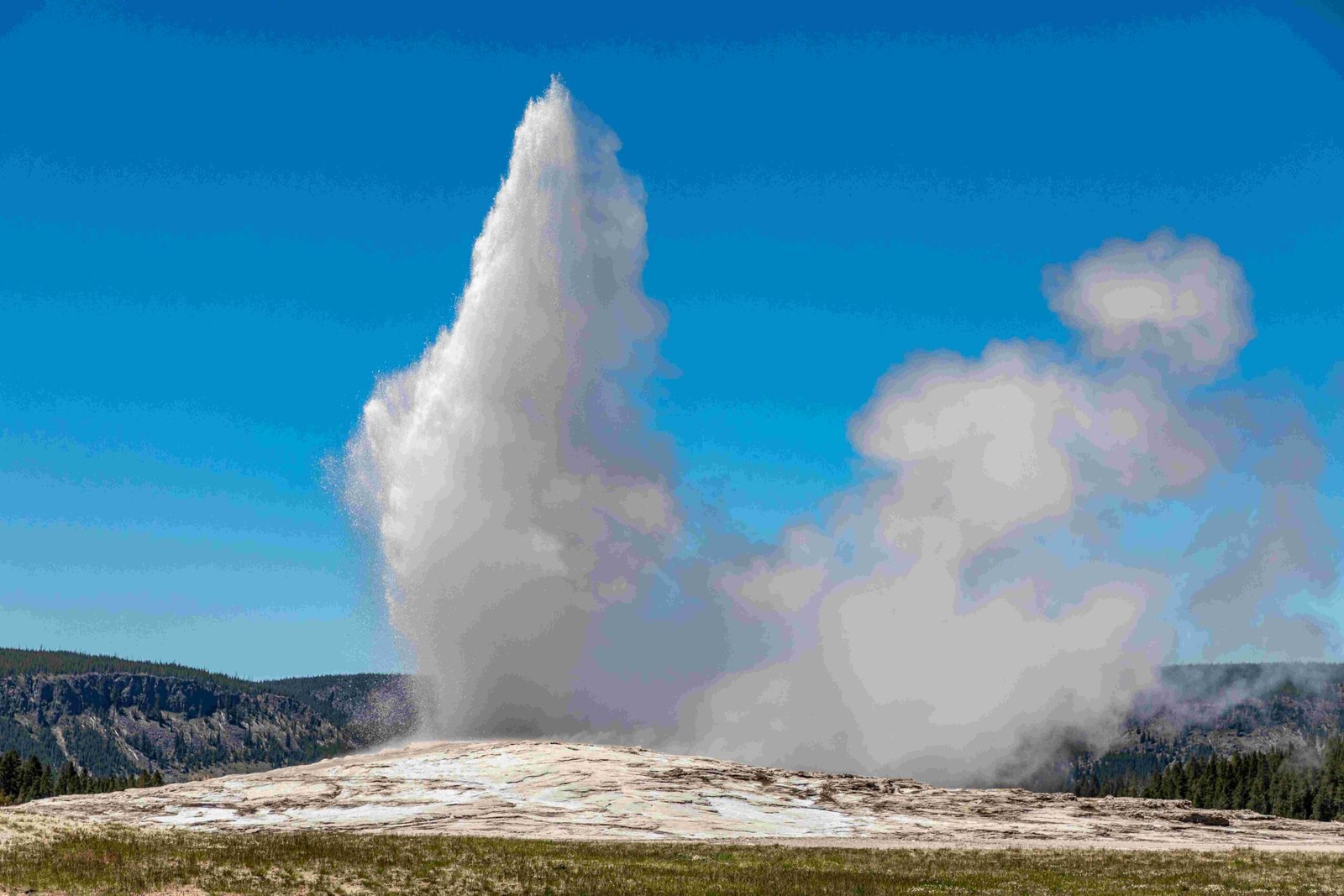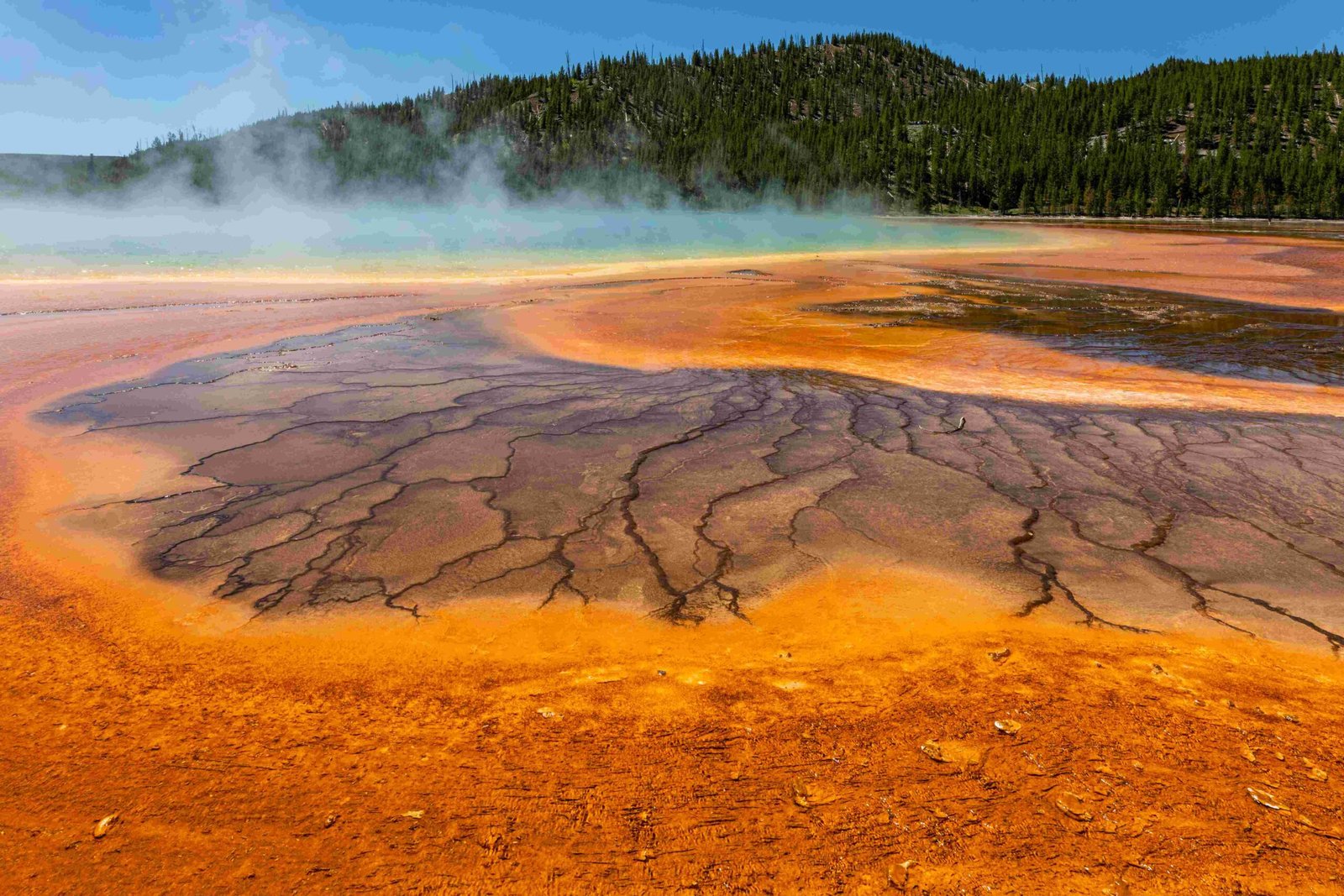Yellowstone National Park, renowned for its geothermal features and diverse wildlife, is not within the path of totality for the upcoming April 8, 2024 solar eclipse. While the park won’t offer prime viewing conditions for this celestial event, understanding the relationship between solar eclipses and Yellowstone can provide valuable insights for park visitors and astronomy enthusiasts. This article explores the implications of solar eclipses for Yellowstone National Park and offers guidance for those interested in experiencing this phenomenon.
What is the Connection Between Solar Eclipses and Yellowstone National Park?

While Yellowstone National Park is not directly in the path of totality for the 2024 solar eclipse, the park has a rich history of astronomical observations and events. The vast, open skies of Yellowstone provide excellent conditions for stargazing and observing various celestial phenomena, including partial solar eclipses that may be visible from the park during other eclipse events.
Why Won’t Yellowstone National Park Experience Totality During the 2024 Solar Eclipse?

The path of totality for the April 8, 2024 solar eclipse will stretch from Texas to Maine, passing through several states in the central and eastern United States. Yellowstone National Park, located in Wyoming, Montana, and Idaho, falls outside this path. As a result, visitors to Yellowstone during the eclipse will not experience the dramatic effects of totality, such as the sun’s corona becoming visible or the sky darkening to twilight levels.
What Can Visitors Expect to See in Yellowstone During a Solar Eclipse?
During a solar eclipse, even when Yellowstone is not in the path of totality, visitors may still observe some interesting phenomena:
- Partial eclipse views (depending on the specific eclipse)
- Subtle changes in light quality
- Altered animal behavior
- Unique shadow effects
It’s important to note that these effects will be less pronounced than what is experienced in the path of totality.
How Does Yellowstone National Park Prepare for Astronomical Events?
While Yellowstone may not be a prime location for the 2024 solar eclipse, the park does take steps to prepare for and celebrate various astronomical events throughout the year:
- Ranger-led stargazing programs
- Educational events about celestial phenomena
- Dark sky preservation efforts
- Collaboration with local astronomy groups
These initiatives help visitors appreciate the night sky and understand the importance of dark sky conservation.
What Are the Best Locations in Yellowstone for Stargazing and Astronomical Observations?
Although not ideal for the 2024 solar eclipse, Yellowstone offers several excellent locations for stargazing and observing other celestial events:
- Lamar Valley
- Old Faithful Geyser Basin
- Mammoth Hot Springs
- Hayden Valley
- Lake Yellowstone
These areas provide open views of the sky with minimal light pollution, making them perfect for astronomical observations on clear nights.
How Can Visitors Prepare for Future Solar Eclipses or Astronomical Events in Yellowstone?
To make the most of any astronomical event in Yellowstone National Park, consider the following tips:
- Check the park’s event calendar for scheduled astronomy programs
- Bring appropriate viewing equipment (telescopes, binoculars, solar filters)
- Choose a location with open views of the sky
- Arrive early to secure a good viewing spot
- Be prepared for varying weather conditions
What Other National Parks Are Better Suited for Viewing the 2024 Solar Eclipse?
For those interested in experiencing the 2024 solar eclipse in its totality, consider visiting one of these national parks located within or near the path of totality:
| National Park | State | Duration of Totality |
|---|---|---|
| Hot Springs National Park | Arkansas | 2 minutes, 27 seconds |
| Mammoth Cave National Park | Kentucky | 3 minutes, 17 seconds |
| Cuyahoga Valley National Park | Ohio | 3 minutes, 50 seconds |
These parks will offer prime viewing conditions and may have special events planned for the eclipse.
How Does Yellowstone’s Geological Activity Relate to Solar and Lunar Cycles?
While there is no direct connection between Yellowstone’s geothermal activity and solar eclipses, some interesting correlations have been observed:
- Tidal forces from the sun and moon can influence geyser eruptions
- Lunar cycles may affect animal behavior in the park
- Solar activity can impact the Earth’s magnetic field, potentially affecting geomagnetic anomalies in Yellowstone
These relationships highlight the interconnectedness of celestial and terrestrial phenomena.
What Lessons Can Yellowstone Teach Us About the Importance of Dark Skies?
Yellowstone National Park plays a crucial role in preserving dark skies, which are essential for:
- Wildlife habitat protection
- Cultural and scientific heritage preservation
- Energy conservation
- Public health benefits
- Astronomical research and observation
By visiting Yellowstone and participating in its astronomy programs, visitors can gain a deeper appreciation for the importance of dark sky conservation.
How Can Visitors Contribute to Yellowstone’s Dark Sky Preservation Efforts?
Visitors to Yellowstone can support dark sky preservation by:
- Using red-filtered flashlights at night
- Minimizing the use of artificial light
- Participating in ranger-led astronomy programs
- Supporting the park’s dark sky initiatives
- Spreading awareness about light pollution
These actions help maintain Yellowstone’s status as a premier destination for stargazing and astronomical observations.
In conclusion, while Yellowstone National Park may not be the ideal location for viewing the 2024 solar eclipse, it remains an excellent destination for astronomy enthusiasts and nature lovers alike. By understanding the park’s relationship with celestial events and its commitment to dark sky preservation, visitors can gain a deeper appreciation for the wonders of the night sky and the importance of protecting our natural spaces.
References:
1. National Parks for Experiencing April 8’s Solar Eclipse
2. Best Camping Spots for the 2024 Solar Eclipse
3. 2023 & 2024 Solar Eclipses – Natural Phenomena (U.S. National Park Service)

